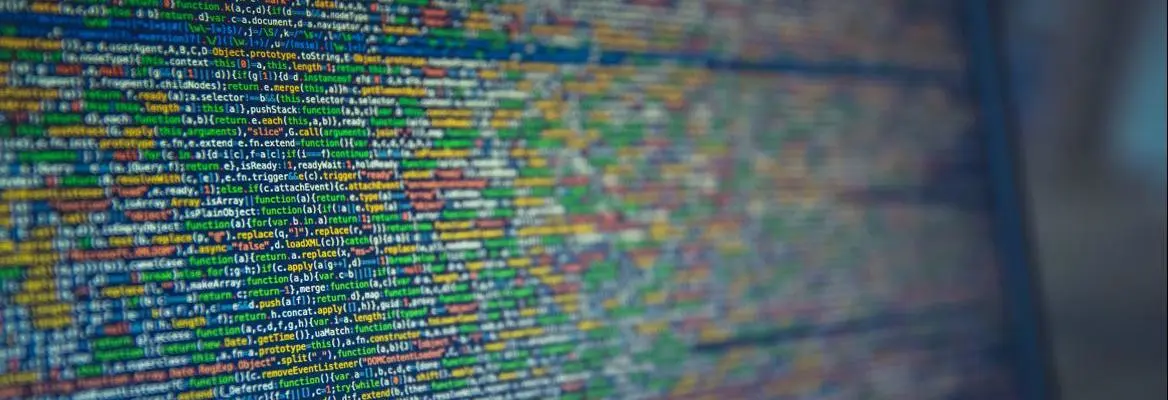Algorithms have been used to make astronomical calculations, build clocks and turn secret information into code. But whatever they did, for millennia up until around the eighties, most algorithms were pretty simple. They took an input, followed a series of well-described steps and produced an output. Input, process, output: that’s all an algorithm is, and has ever been. Over history some have been more complicated than others, but how they turned an input to an output has generally been transparent and understandable, at least to the people who built and used them.
But at another time, in another place, I’d begun to learn that a new species of algorithm has emerged. Memory had become so much cheaper, and computational power, and data, of course, became far more plentiful. This allowed algorithms to take on a form, I learned, very different from their forebears.
Jure Leskovec spent time at Facebook and as chief scientist at Pinterest before moving back to academia. We were sitting in his office in Stanford, which, like anything associated with tech in ‘the valley’, seemed to be expanding rapidly. As we spoke, clouds of hot, white dust drifted up past his window from drilling below.
___
"So I can train a machine learning algorithm to answer the question,'If I release you, will you commit another crime or not?'"
___
Jure’s latest work was building an algorithm to help criminal court judges make better decisions over whether to grant a plaintiff bail. ‘You have a judge,’ he said, drawing a large, black rectangle on the board with a J in it, ‘and a defendant, D. The judge is trying to make a single determination: if bailed, will the defendant commit crime or no crime? So I can train a machine learning algorithm to answer the question, “If I release you, will you commit another crime or not?”’
The scribbling on the board became more profuse, as Jure excitedly sketched out the study. He’d gathered criminal records data on people who, when bailed, committed another crime, and other data on people who hadn’t. He also found a way, by comparing lenient and stricter judges, of constructing data on people who were released but who normally would have been locked up, and whether they had committed another crime too.
I had come to Jure because I was trying to understand how power was changing. Across the world, I had been meeting people like him who, I thought, could shed some light on where power really sat, what power really was, in the digital age. And here, I thought, was a confusing but important part of the puzzle. Advanced computation, machine learning, artificial intelligence, what we popularly just call ‘the algorithm’ have become an object both of fascination and fear. They’re discussed everywhere but have remained mysterious. The overall answer would eventually become a book: The Death of the Gods: The New Global Power Grab, that was published a month ago.
___
"The algorithm was constantly changing and moving as the world moved around it, and its diet of data changed to reflect that."
___
But at another time, in another place, I’d begun to learn that a new species of algorithm has emerged. Memory had become so much cheaper, and computational power, and data, of course, became far more plentiful. This allowed algorithms to take on a form, I learned, very different from their forebears.

















Join the conversation